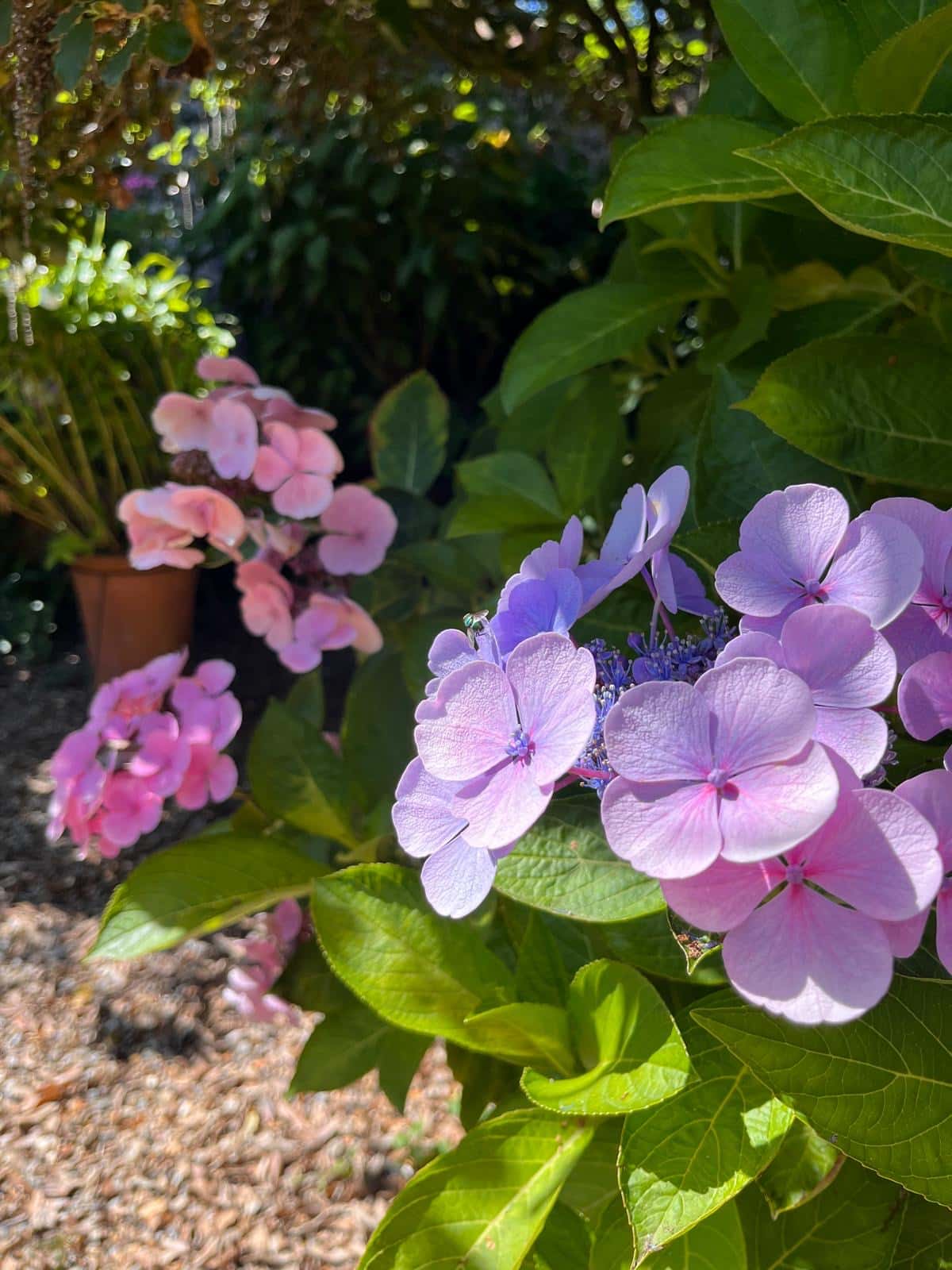
How can you help Wildlife & the ecosytem this spring?
When Spring arrives, our home gardens begin to come alive again as the bleak months of winter end, temperatures rise and the hours of daylight
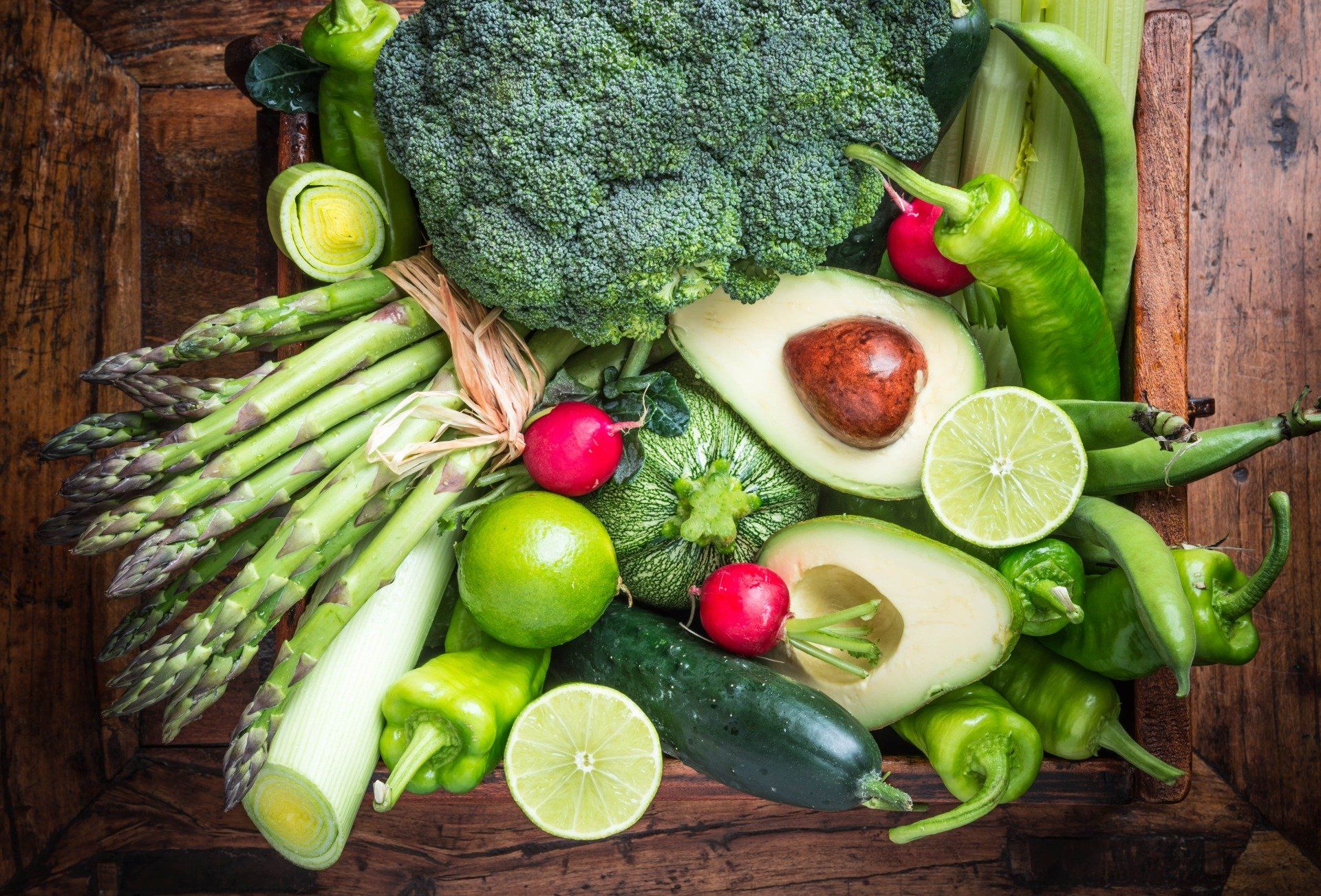
Lots of people think that there’s not much to do in your garden in February, but it’s actually a time to start getting your garden ready for spring. There are plenty of things to keep you busy in your garden and greenhouse in February – read our guide to find out some of the jobs you can do to prepare your plants for the warmer weather.
You might have started winter-pruning your apple and pear trees in January, but now it’s time to finish them off and also prune any soft fruits like raspberries and blackcurrants. For trees, you’ll need some long-handled loppers, a pruning saw and some secateurs. Start by removing dead, damaged or diseased branches and cut them back to a healthy bud on a stem. Thin out strong regrowth, and look for shoots towards the end of the main branches. Cut them back to half to two-thirds of their length, just above a bud.
For soft fruits, use secateurs to cut all fruited stems down to the base – but don’t cut any new, green stems at first. Once you’ve gone through all the old stems, go back and thin out any new stems that are weak or overcrowded – you want about 20cm between each stem. Then, tie them into wire supports.
You can force your rhubarb plants to produce an early crop by covering them with a bucket or pot to stop light reaching them. Only do this with established rhubarb plants. After around eight weeks, you should get pale stems that are around 20-30cm long to use in cooking.
Give your vegetables the best chance by ensuring that your beds have enough moisture, warm air, nutrients and good drainage. Weed them thoroughly, making sure you get rid of any large stones, then add a thick layer of compost with lots of organic matter. We recommend PlantGrow’s peat-free compost, of course!
● Plan your crops for the year, ensuring you grow each crop in a different bed to last year
● Feed fruit trees and bushes with fertiliser around the base to promote fruiting
● Chit first-early potato tubers
● If the ground isn’t frozen, plant bare-root fruit bushes and trees
● Look for overwintering snails hiding in corners to reduce populations in your garden
● Encourage an early crop of strawberries by putting fleece over them
● If frost is forecast, protect the blossom of fruits like nectarines, apricots and peaches with fleece
● Check old seed packets by sowing some seeds on kitchen paper to see if they germinate
● Put netting over kale, cabbages or Brussels sprouts to protect them from birds
● Feed spring cabbages with high-nitrogen feed
● Order seed potatoes, onions and garlic bulbs ready to plant in spring
Climbing roses are still dormant at this time, so continue pruning them. You can also plant bare-root roses and other shrubs, hedges and ornamental trees if the ground isn’t frozen.
If you divide large clumps of snowdrops and winter aconites after flowering and replant them, you’ll encourage new colonies to grow. You can also buy snowdrop and hellebore plants in flower, to choose the prettiest blooms. Just make sure that you remove any hellebore leaves with black blotches to limit the spread of leaf spot disease.
There is so much moisture around at this time of year that it’s not uncommon for stored bulbs and tubers to grow mould. Check for brown rot on the base of bulbs and throw them out if it’s present. If you spot blue mould, you can cut it away with a clean, sharp knife then dust the cut with fungicide.
● Regularly deadhead winter pansies and remove leaves that have mildew
● Cut down ornamental grasses before fresh shoots appear
● Clear away soggy perennial stems and compost them
● Check that small alpines don’t get smothered by fallen leaves and debris
● Divide clumps of herbaceous grasses and perennials to get new plants
● Prune the stems of late summer-flowering clematis to buds about 30cm from the base
● Pot up containers of primroses, forget-me-nots and wallflowers
● Prune winter-blooming shrubs once they’ve stopped flowering
● Cut back wisteria side shoots to encourage flowering in spring
● Sprinkle fertiliser around the base of roses and shrubs
Sweet peas are ideal for sowing at this time as long as you can keep them frost-free. Sow the seeds in deep pots and make sure they stay in your greenhouse or on a sunny windowsill. If you sowed sweet peas in autumn, pot on and pinch out these plants to encourage the formation of side shoots.
There’s still not much light around, so it’s important to ensure that your plants can make the most of it. Clean the inside and outside of your greenhouse panes with glass cleaner and a sponge to get rid of dirt.
If you’ve got any broken pots or old compost laying around, make sure you remove it as it could be hiding snails and other bugs that you don’t want near your newly-growing plants.
If you’ve overwintered fuchsias in your greenhouse, cut back old stems and top up the pots with fresh compost. Increase watering to encourage growth.
● Sow cosmos, lobelia, dahlias and nasturtiums
● Sow tomatoes and chillies in a heated propagator
● Install a thermostatically-controlled electric fan heater to keep the greenhouse frost-free
● Monitor your greenhouse temperatures with a thermometer to make sure your heaters are working
● Plant summer bulb in pots
● Plant dahlia tubers in trays
● Remove yellowing or faded leaves from plants to prevent diseases
● Sow winter salads to harvest in a few weeks
● Check plants in your greenhouse for aphids and other pests
● Sow hardy annuals in trays
● Ventilate your greenhouse to prevent humidity
● Cut back ivy and other climbers if they are outgrowing their space to prevent birds from nesting
● Clean and sharpen your tools
● Give your lawn mower a basic service so it’s ready for use in the spring
● Top up bird baths with fresh water every day and melt ice with warm water
● Remove roots of weeds from borders, whether by hand or by digging over
● Keep your guttering clear so rainwater fills up your water butts
● Clean out your bird feeders
● Ensure fleece is still in place around your plants
● If it snows, knock it off shrubs and hedges to stop branches from snapping under the weight
Got more tips for gardening in February? Let us know on Instagram @plantgrowuk!

When Spring arrives, our home gardens begin to come alive again as the bleak months of winter end, temperatures rise and the hours of daylight

Our new Champions will be flying the flag for PlantGrow this year and all things natural. We have selected a varied group of individuals from
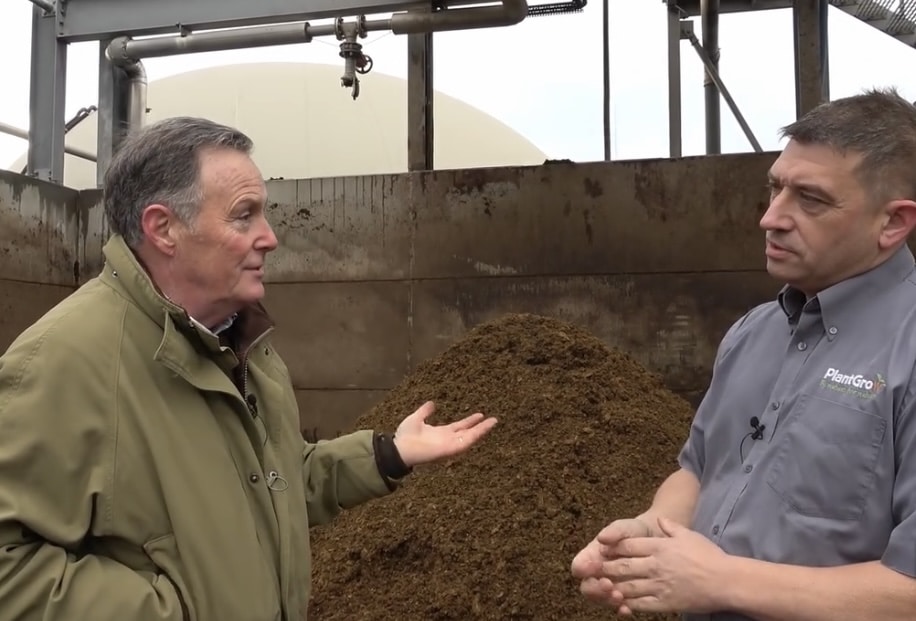
2025 is promising to be a busy year once again for us at PlantGrow with new brand ambassadors and a new list of ‘Champions’ who
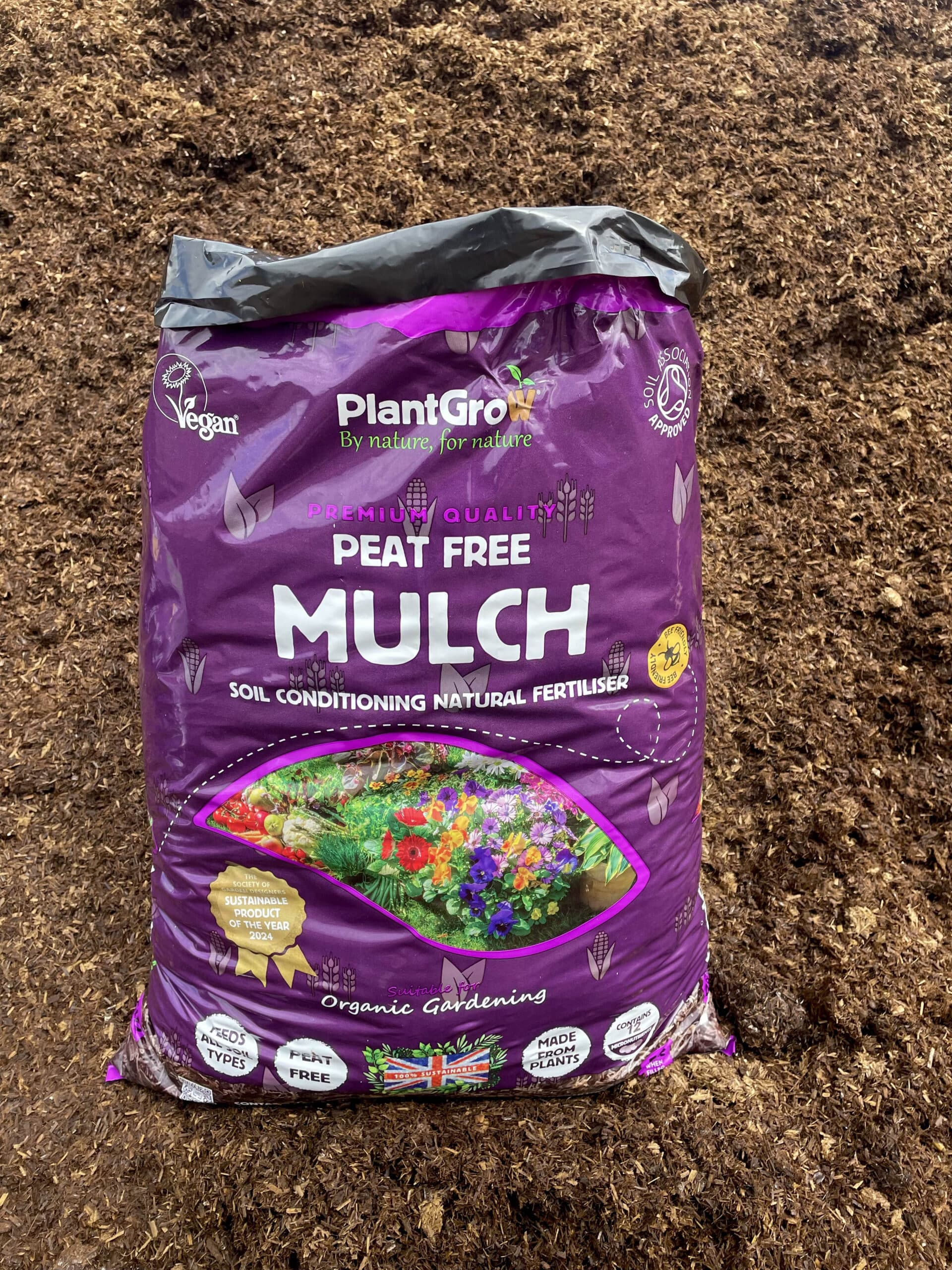
November 2024 Award-winning & market leading PlantGrow Organic Mulch will soon be available in 50-litre size bags for garden centres. Their signature natural fertiliser product
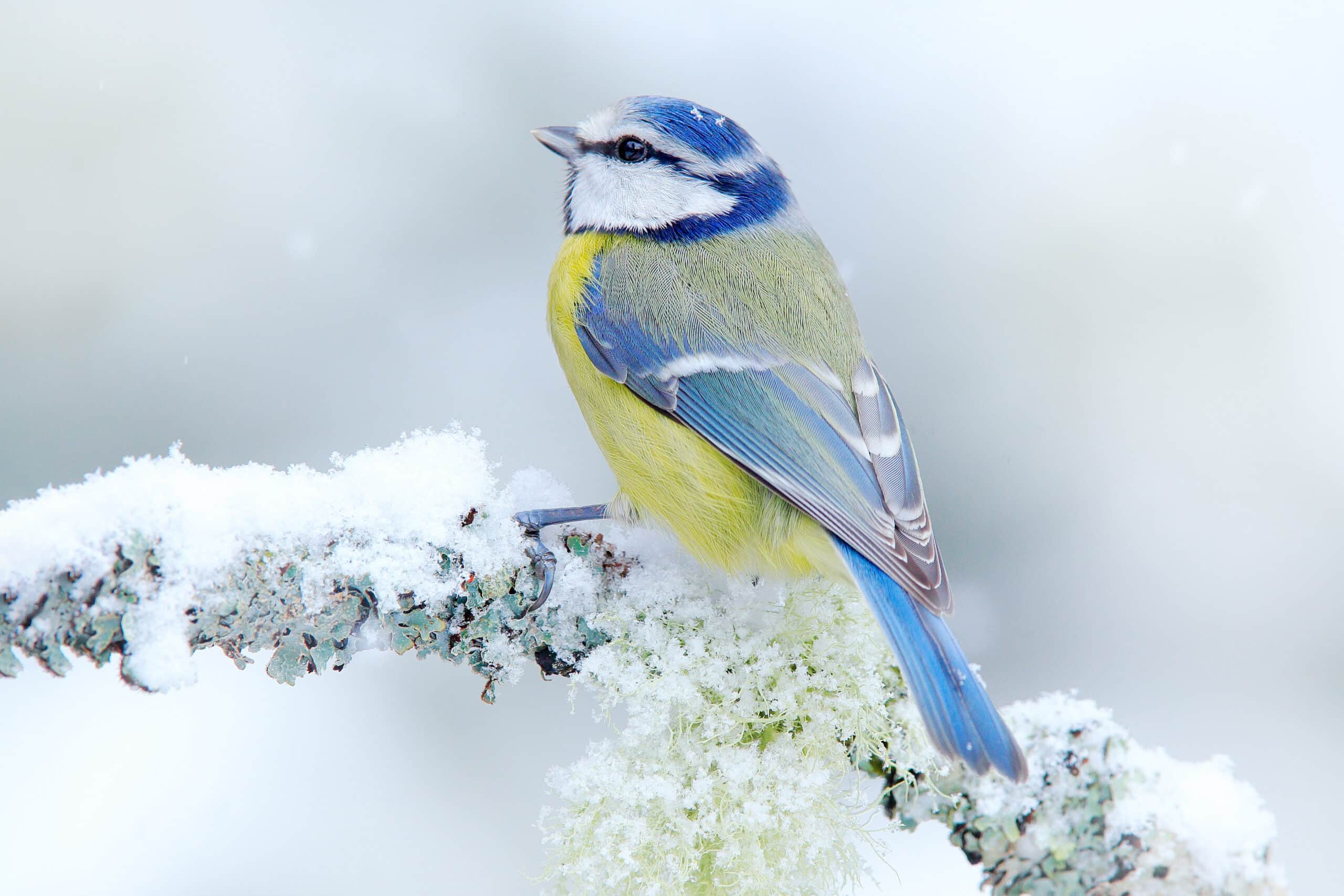
Late Autumn and the onset of Winter will trigger a notable change to the abundance, behaviour and physical state of life within our gardens. With
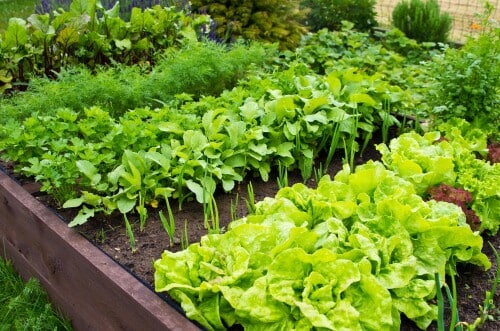
Why do you need to add PlantGrow mulch this Autumn? Mulching or topdressing is needed for a number of reasons as it is beneficial for
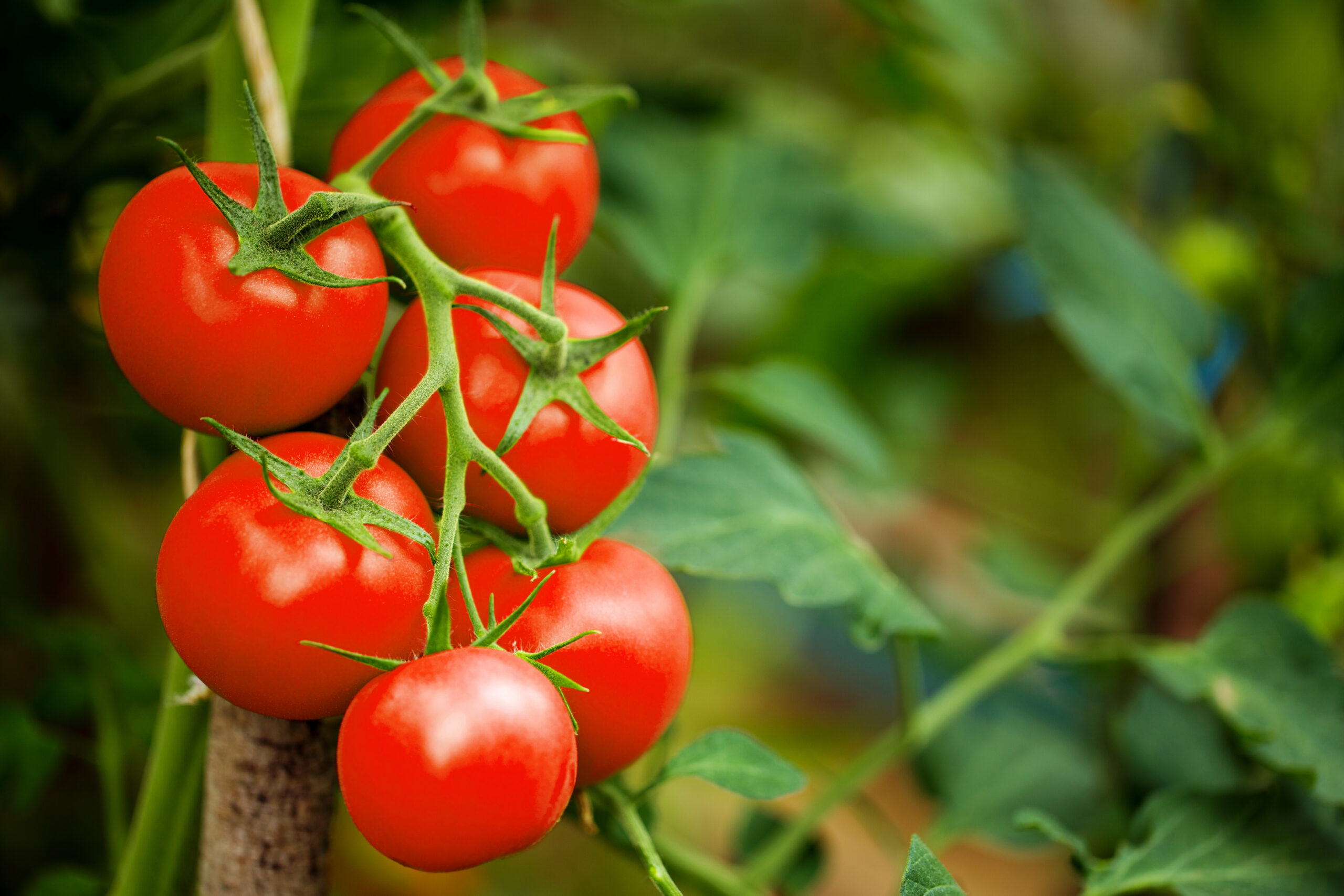
Q: Why should I use fertiliser on my fruits and vegetables? To help you get the most from your garden. Fertilisers supply your plants with

Meet our 2024 PlantGrow Champions PlantGrow Champions are a select group of Instagram growers who use PlantGrow in their gardens. Each one was individually chosen for

PlantGrow Launches All-New Website Back in 2016, nobody really knew about PlantGrow. Who’d have thought that in 2023 most gardeners in the UK would know
Find us: Cakes Hill Barn, Ellingham Road, Attleborough, Norfolk, NR17 1AE
| Cookie | Duration | Description |
|---|---|---|
| _savt | 3 years | This cookie is set by Square for payment processing. |
| cookielawinfo-checkbox-advertisement | 1 year | Set by the GDPR Cookie Consent plugin, this cookie is used to record the user consent for the cookies in the "Advertisement" category . |
| cookielawinfo-checkbox-analytics | 11 months | This cookie is set by GDPR Cookie Consent plugin. The cookie is used to store the user consent for the cookies in the category "Analytics". |
| cookielawinfo-checkbox-functional | 11 months | The cookie is set by GDPR cookie consent to record the user consent for the cookies in the category "Functional". |
| cookielawinfo-checkbox-necessary | 11 months | This cookie is set by GDPR Cookie Consent plugin. The cookies is used to store the user consent for the cookies in the category "Necessary". |
| cookielawinfo-checkbox-others | 11 months | This cookie is set by GDPR Cookie Consent plugin. The cookie is used to store the user consent for the cookies in the category "Other. |
| cookielawinfo-checkbox-performance | 11 months | This cookie is set by GDPR Cookie Consent plugin. The cookie is used to store the user consent for the cookies in the category "Performance". |
| CookieLawInfoConsent | 1 year | Records the default button state of the corresponding category & the status of CCPA. It works only in coordination with the primary cookie. |
| elementor | never | This cookie is used by the website's WordPress theme. It allows the website owner to implement or change the website's content in real-time. |
| viewed_cookie_policy | 11 months | The cookie is set by the GDPR Cookie Consent plugin and is used to store whether or not user has consented to the use of cookies. It does not store any personal data. |
| Cookie | Duration | Description |
|---|---|---|
| _GRECAPTCHA | Session | Spam prevention |
| _hjSession_* | 30 Minutes | A cookie that holds the current session data. This ensures that subsequent requests within the session window will be attributed to the same Hotjar session. |
| Woocommerce_cart_hash | 1 Day | To store items in cart |
| Woocommerce_items_in_cart | Session | Store items in cart. |
| Wordpress_logged_in_ | Session | WordPress |
| Wordpress_sec_* | 15 Days | To provide protection against hackers, store account details. |
| Wp_woocommerce_session_* | Session | Store performed actions. |
| Cookie | Duration | Description |
|---|---|---|
| _hjAbsoluteSessionInProgress | 30 Minutes | Hotjar sets this cookie to detect the first pageview session of a user. This is a True/False flag set by the cookie. |
| _hjAbsoluteSessionInProgress | 30 Minutes | Hotjar sets this cookie to detect the first pageview session of a user. This is a True/False flag set by the cookie. |
| _hjSessionUser_* | 1 Year | Hotjar cookie that is set when a user first lands on a page with the Hotjar script. It is used to persist the Hotjar User ID, unique to that site on the browser. This ensures that behavior in subsequent visits to the same site will be attributed to the same user ID |
| CONSENT | 2 years | YouTube sets this cookie via embedded youtube-videos and registers anonymous statistical data. |
| Cookie | Duration | Description |
|---|---|---|
| VISITOR_INFO1_LIVE | 5 months 27 days | A cookie set by YouTube to measure bandwidth that determines whether the user gets the new or old player interface. |
| YSC | session | YSC cookie is set by Youtube and is used to track the views of embedded videos on Youtube pages. |
| yt-remote-connected-devices | never | YouTube sets this cookie to store the video preferences of the user using embedded YouTube video. |
| yt-remote-device-id | never | YouTube sets this cookie to store the video preferences of the user using embedded YouTube video. |
| Cookie | Duration | Description |
|---|---|---|
| cookielawinfo-checkbox-tracking | 1 year | No description |
Parcel deliveries
We aim to deliver all parcels within 2-4 working days from dispatch, order before 12:00pm for same day dispatch.
Pallet deliveries
We aim to deliver all pallets within 2-5 working days from dispatch, order before 12:00pm for same day dispatch.
If you require further information regarding your delivery, please email daniel@plantgrow.co.uk
